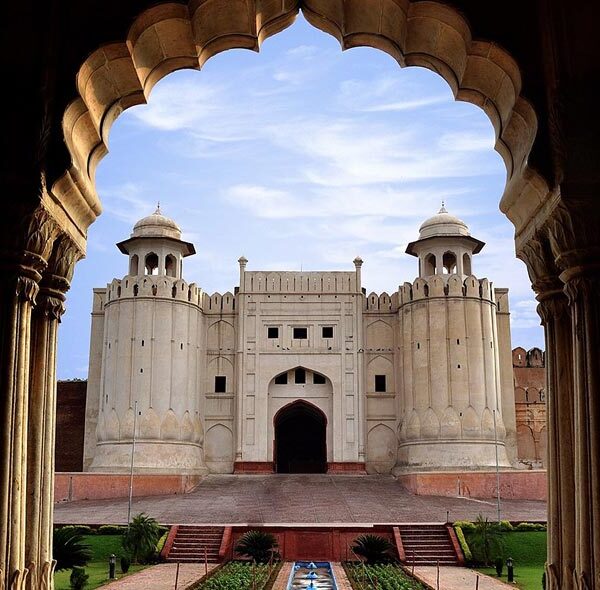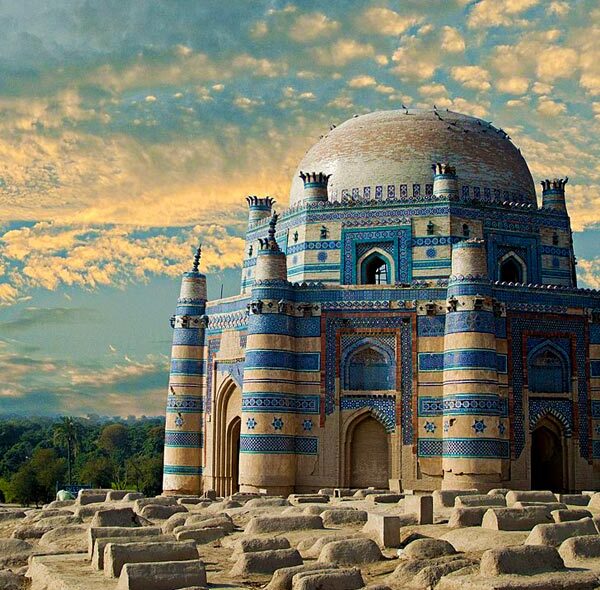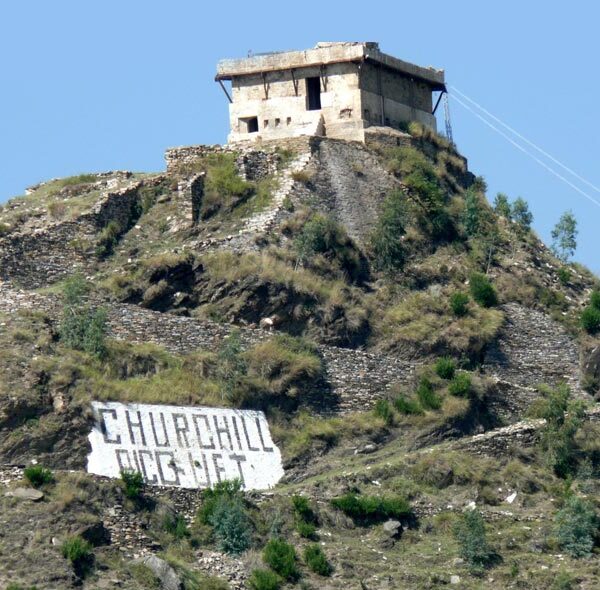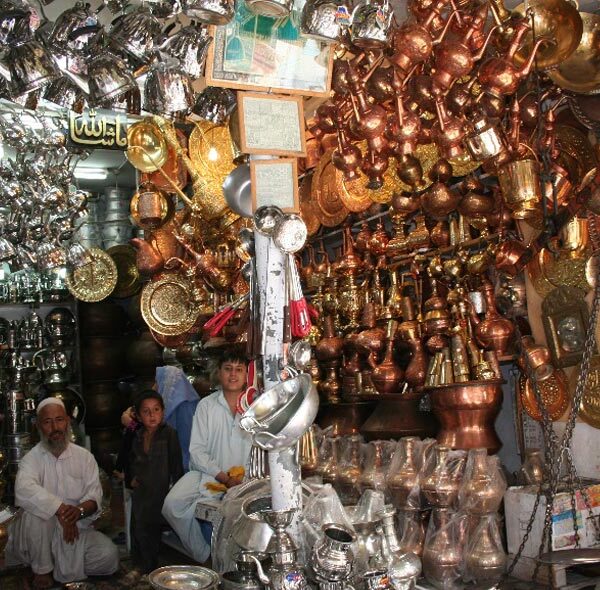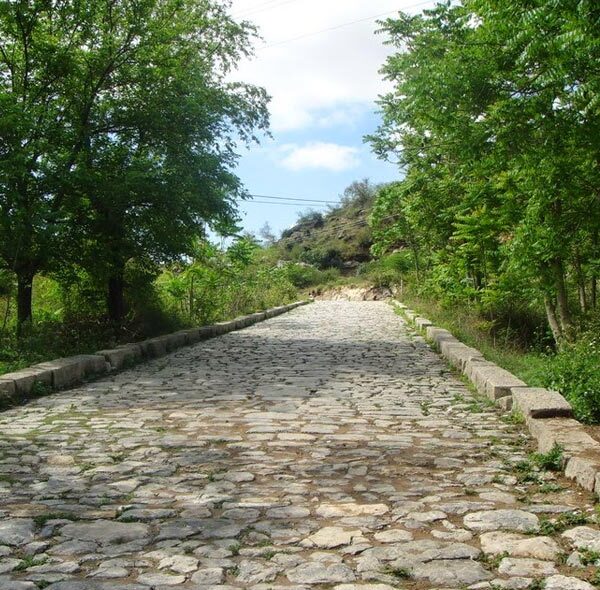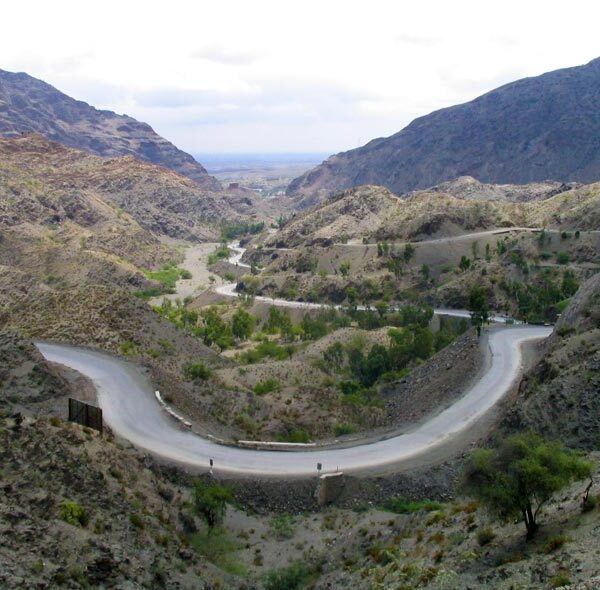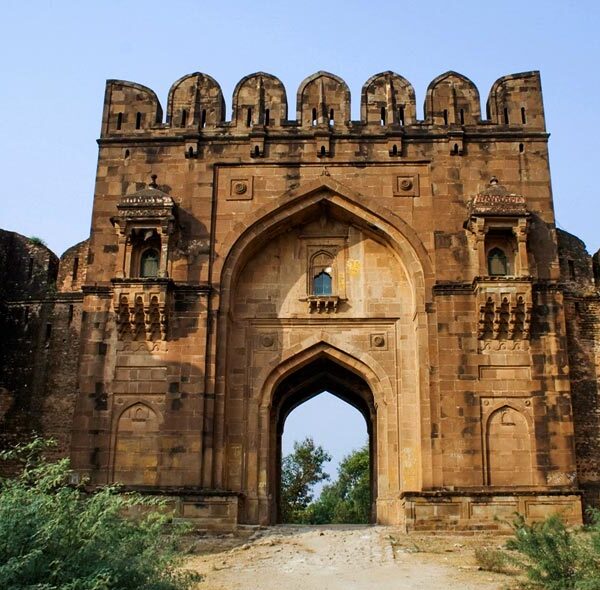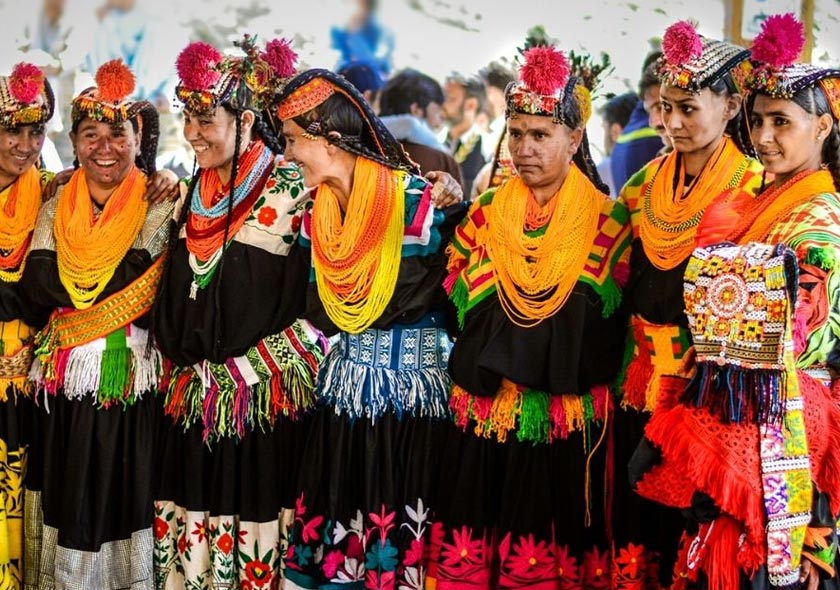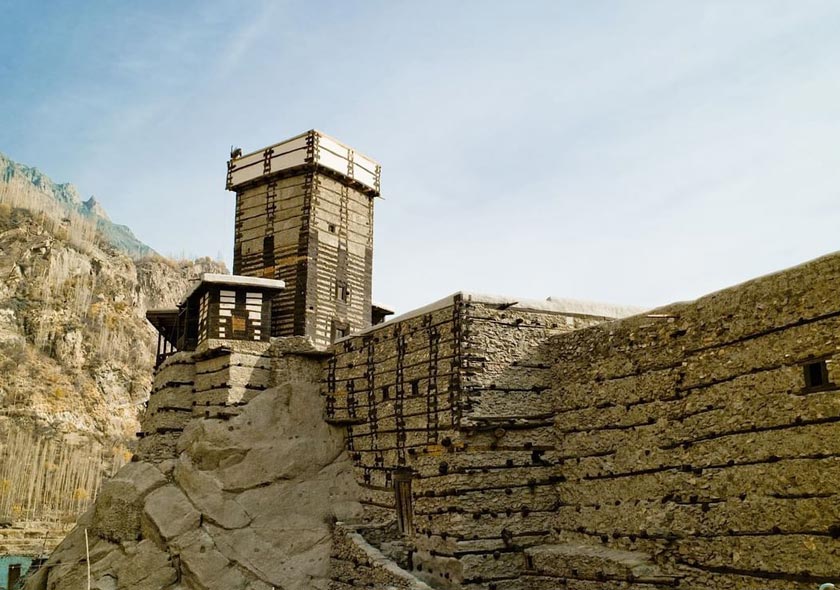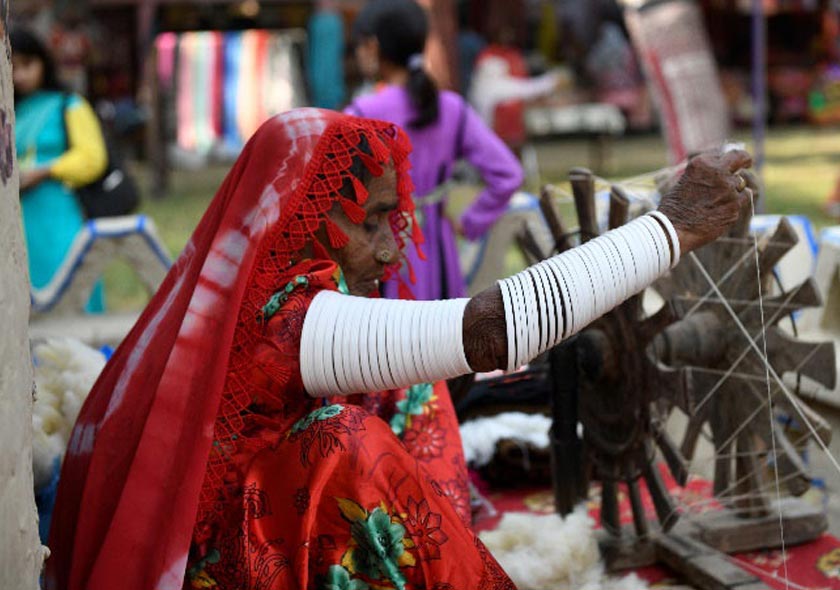Tracking the path of Alexander the Great
Duration Days
Overview
After the battle of Gaugamela defeating Darius III, Alexander the Great expanded his control over Persia and beyond into the greater territories of the Achaemenian empire. He continued his march, claiming the lost provinces of the Achaemenian empire one after another.
After capturing Bactria and his campaigns against Sogdians, Alexander the Great entered Kapisa (Bagram) and the valley of Kubha (Kabul). He then moved to the fertile land of Nangarhar (Jalalabad) and here starts his Indian campaign capturing the northern parts of the Gandharan province.
It was here he decided to subdue some tribes in the Hindukush valleys while sending his trusted General Hephaestion to follow the regular course into the Peshawar valley. After subduing the rebel tribes, Alexander circumvented Khyber Pass and entered into Swat Valley through the passes of Bajaur to Timurgarah (Massaga) into Chakdara plains, fighting one of the fiercest battles of his times defeating the defiant Assakenois.
After the fall of the capital city of Massaga, Alexander dispatched Koinos to Bazira, the strategic city identified with present Barikot town, capturing the fortress which continued to serve as a bastion for the later invaders through centuries. The next to fall in line with no fight practically was the town of Ora (Udegram) whose citizens had left for the higher safer mountain refuges.
But stung by the stiff resistance of the Assakenoi (Swatis) Alexander decided to defeat them into complete submission. However, the rebels had taken refuge on an impregnable rock of Aornos at a considerable height. Alexander had to employ his tactics with the help of an old man into a narrow gully piling it up with hundreds of pine trees forming a huge staircase for his army men.
His soldiers kept the Assakenoi busy on the other side but once the Macedonian army had started climbing in large numbers, rebels got so terrified that they started jumping from the high rock to their ultimate demise while some hurled huge boulders in vain. Alexander the Great celebrated this accomplishment with the attainment of the spirit of Dionysus who is identified with mountain onions that grew in large numbers on the hill.
He then marched towards the plains crossing the Kabul River and then was received by Raja Ambhi (Omphis) with a large tribute of elephants and horses. This marked the submission of Raja Ambhi who escorted the army to Takshasila (Taxila). After spending a few days at Taxila and being joined by local armies, Alexander the Great had set his eyes on the Mauryan Kingdom of India.
The next was to defeat Raja Porus (Pacorus) who had a large army equipped with elephants and horses asserting his power over the neighboring rulers. The Macedonian army moved towards River Hydaspes (Jhelum River) to face the formidable army of the enemy across the river. Alexander the Great devised his strategy by engaging the enemy in decoy of camps by burning the light in the night while a strong column of his army had moved downstream to an appropriate crossing point waiting for the rain the banks into the muddy trap.
His scouting army in the night crossed over the small island to direct the main column into a full-scale attack. The army of Raja Porus rushed towards the point with such force that the chariots of the enemy got stuck into the muddy banks of the river causing a formidable loss for the attacking army but the Macedonian plan had worked successfully. The regular warfare began with huge elephants in the battle but Alexander the Great had devised a plan by attacking the trunks of the animals injuring them into madness and the stampede was so great that the army of Porus was itself crushed. He lost his son in the battle while he himself was injured. But looking at the brave fight Raja Porus had put up, Alexander the Great decided to restore the honor of the submissive Indian King to continue ruling. The victorious army continued further southwards into what is today central Pakistan where the five rivers meet the mighty Indus.
Here Alexander the Great met mutiny in his homesick army and abandoned the idea of the Mauryan Empire of India, after the capture of an Indian fortress. He decided to return taking the southernmost course as far as Pattala (Thatta) where he deployed his Admiral Nearchus for finding the mouth of the Indus.
From here the Macedonian army moved into the most inhospitable terrain of Gedrosia following the coastal regions of present-day westwards. The heat and lack of fresh water resulted in the loss of many soldiers and their children. When they saw an oasis, many died of overdrinking water. These hardships continued till his entry again into the Persian mainland to Mesopotamia, where he was joined by Nearchus who had sailed across the Persian Gulf to reach River Tigris.
Our tour shall follow in the footsteps of Alexander the Great during the course of our travel it will be our desire to show you the maximum routing of the great army. This will be a memorable tour for our valued guests going through different places of the past and present times.
Itinerary
Day 01: Arrive Islamabad – Flt
Meeting on arrival, assistance and transfer to your hotel In the afternoon orientation tour of Islamabad – o/n
Day 02: Islamabad – Peshawar – 165 kms
Morning drive on the Grand Trunk Road which still retains signs of old Royal road of 15th century stopping at the John Nicholson’s monument where an original part of the old road is still existing. Our next stop will be river crossing point where once existed a pontoon bridge surviving centuries of crossing during the early 30s. Here we shall stop to see the old fort built by Akbar the Great in 1581 was to keep a check on the tribal invasions of his India Kingdom.
The next will be drive along Kabul river for a while – it was here that Skylax of Caryanda had set an expedition on the river in 6th BC.
We shall then take the new highway to reach Peshawar arrival and transfer to your hotel.
o/n
Day 03: Peshawar
We shall be touring the most interesting and oldest living cities of Pakistan, Peshawar was a famous halting station for the caravan as late as 17th 18thcentury. Peshawar has retained its old and traditional bazaars, bustling with people from all walks of life.
We shall also visit Peshawar Museum known for its unique Gandharan sculpture – the most interesting arrangement of friezes from the life story of Buddha (for detailed tour Gandhara and Gandharan Art)
Khyber Pass shall remain one of the life dream of a traveler while in Peshawar and currently due security reasons it is closed for foreigners and as soon as peace is restored in neighboring Afghanistan, we shall be able to show you the pass.
We shall keep this option of visit open till the last day of our tour.
o/n
Day 04: Peshawar – Charsadda – Takhbhai – Saidu Sharif – 185 kms
This will be a long but interesting day making our first stop at the site of Pushklavati (Peukelaotus) the city of lotus was the capital of Gandhara when Alexander the Great laid siege to the city sallying across a bridge to enter the main city – we shall see the signs of the river bed and the bridge could be conjectured. Later continue through the rich agricultural land to make a visit of Takht-i-Bhai dating 45 AD is the best preserved ruins of a Buddhist monastery. We shall then take the old road through Malakand Pass descending into Chakdara plain with river Swat still flowing through was the battle field of Macedonian and Assakenoi armies. From here our next stop will be at Barikot or Bazira the strategic fortress till next we arrive at Saidu Sharif. On arrival transfer to Hotel.
o/n
Day 05: Saidu Sharif
We shall spend the day touring the lower parts of Swat valley to include Swat Museum, Butkara site and sites of Ora (Udegram) and also a closer look at Barikot(Bazira). In the afternoon we shall drive up to Madyan in the lower reaches of the valley. We can still find the so called Kohistanis or mountain people could be the race once called Assakenoi o/n
Day 06: Saidu Sharif – Karora Pass – Shahbazgarhi – Taxila – Islamabad – 258 kms
This is yet another very interesting drive as we move via Barikot(Bazira) to Karora pass to enter the fertile plains of Mardan district where once existed hundreds of Buddhist monasteries. We shall make a brief visit of Ashoka’s edicts on rocks and later drive past close to the point where Alexander the Great crossed over Indus river marching to Taxila. Out next stop will be at Taxila dating from 6th BC to 6th AD is more known for its rich Buddhist heritage of 1st to 6th AD. We shall visit the ruins of the first city of Taxila at Bhir mound – the rich archaeological Museum and shall see couple of sites including Jaulian monastery perched on a hillock but worth seeing. Arrive in the late afternoon into Islamabad to your hotel
o/n
Day 07: Islamabad – Rohtas Fort – River Jhelum – Lahore – 358 kms
We shall start early on our expedition to the site of the Battle of Elephants – our first stop will be at Rohtas Fort built by Sher Sha Suri in 15th century against the rebelling tribes. Though this fort never saw any major siege or battle but it was a majestic fort of the region. We shall spend sometime at the best part of the fort and later proceed to river Jhelum. Before we continue further we shall make yet another stop at the biggest salt mines of Khewra. From here we shall directly travel upstream little south of the city of Jhelum where the river has several smaller islands is most likely the site of the Battle of Elephants though since 326 BC then many changes have taken place on the river course but more or less this is conjectured as the possible site.
Later drive to Lahore arriving the late afternoon
o/n
Day 08: Lahore
Today we shall visit the richest of the Mughal cities in Indo-Pakistan subcontinent – Lahore is the best place to see development of Mughal architecture. We shall visit the best Mughal sites and the local museums – Lahore Fort, the Great Mosque, Shalimar Gardens and Jehangir’s tomb are the highlights of our visit we shall end the day by visiting the traditional bazaars in the evening.
o/n
Day 09: Lahore – Harappa – Multan – 180 kms
Morning depart for Multan – we shall drive to Faisalabad and shall visit the site of Harappa the oldest of Indus Valley sites dating 2500 BC – we shall visit the site museum and the site nearby with some interesting parts of the workers platform and the granary. Later continue to Multan and on arrival transfer to Hotel Later we shall visit tomb Shah Rukn-i-Alam a revered Sufi Saint of 14th century – the tomb is majestically built on a raised platform with best tile work of the time. Later visit the local bazaar, see local handicraft workshops.
o/n
Day 10: Multan – Uch Sharif – Bahawalpur – 101 kms
Today we shall visit one of the oldest cities in the central part of Pakistan was the point where once stood the strong fortress of Indians and was the turning point of Alexander’s decision to abandon the invasion of India. We shall visit the city of Uch whose ancient history is lost but the Islamic medieval history is very rich as this place had become the hub of many Sufi Saints from Central Asia and Persia. We shall visit the sites of Jawindi Bibi and the local Saints.
Later continue to Bahawalpur
On arrival transfer to your hotel
Short orientation tour of the city which was known for its Victorian and Italian architecture
o/n
Day 11: Bahawalpur – Sukkur – 373 kms
Morning depart for Sukkur enroute we shall make visit of Bhong Mosque and couple of sites of the Islamic era. On arrival transfer to hotel Later visit the local bazaar known for its traditional embroidery and a date bazaar!
o/n
Day 12: Sukkur – Karachi – Flt
In the morning we shall make an excursion to the famous Indus Valley site of Moenjordaro of the period of Harappa 2500 BC. The site is much better and well defined with the Great Bath, the Granary, the housing area and important city administrative buildings Later return to Sukkur and transfer to airport for flight to Karachi – arrival and transfer to hotel.
O/n
Day 13: Karachi – Thatta – Karachi
Today we shall make the long day excursion to Thatta(Patala) the last city before the Macedonian army took coastal course to Persia – enroute we shall visit Bhanbore site and the sites of Makli Hills known for sandstone cut tombs in floral and geometric patterns return to Karachi in the late afternoon
o/n
Day 14: Karachi
Today we shall spend the day visiting the metropolis – its museums and great bazaars including some important sites and the mausoleum of Quaid-i-Azam, father of Pakistani nation Farewell Dinner
o/n
Day 15: Karachi – Departure – Flt
Transfer to airport for your destination flight
Assistance on departure



